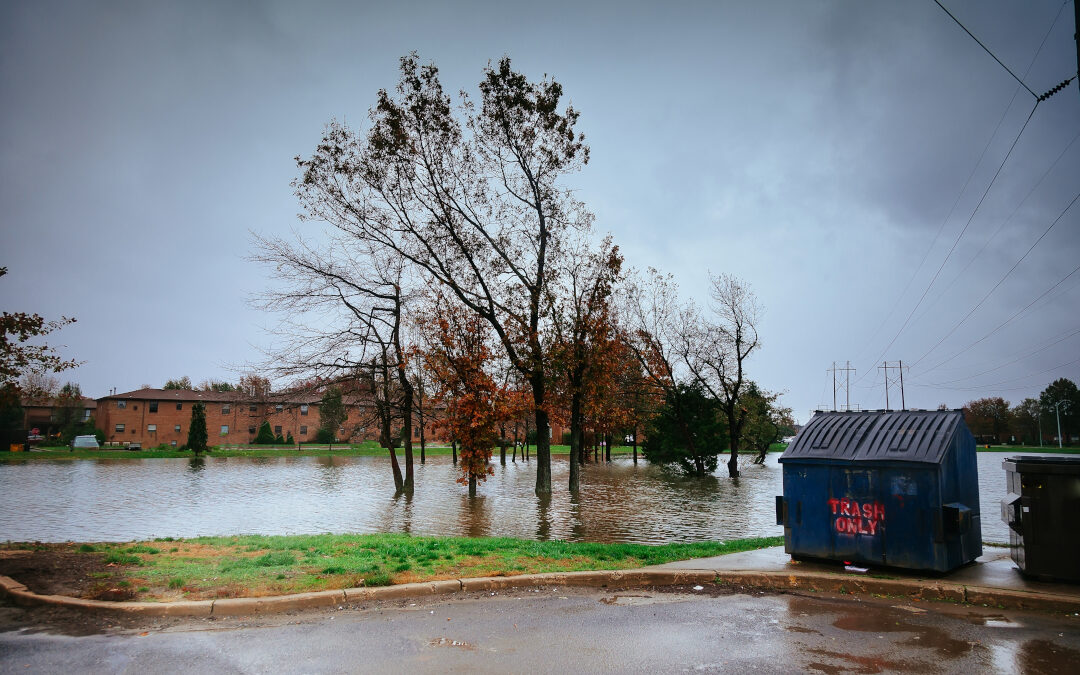Virginia is no stranger to flooding damage. As a coastal state with many mountains and valleys, it’s easy to see how homeowners across the commonwealth experience flooding every year.
During the summer hurricane season or even during the winter months, Virginia homes can suffer severe water damage. Many of these issues could be prevented with a bit of preparation beforehand.
Rather than risking your home and belongings, make sure to prepare for a flooding event for your Virginia home by following these simple steps.
Floodproof Your Virginia Home
- Clean your gutters: By removing all clutter and debris from your drains, gutters and downspouts, you’ll reduce the chances of overflowing. Water overflow can not only damage your home’s roof and walls but also prevent water from flowing away from your home.
- Install a sump pump with backup power: Sump pumps are electric-powered devices that actively pump water outside of your basement. While effective during flooding, they will stop working if you lose power. That’s why it’s important to also install a sump pump that runs on batteries or a generator. Either way, you can seriously reduce the flooding damage in your basement.
- Waterproof your basement with sealing products: By adding sealing products like water-resistant paints and flood barriers, you can reduce the possibility of your basement flooding in the event of an emergency.
- Use sandbags and plastic liners to seal your outside doors: By setting up sandbags and plastic liners outside your basement doors and windows, you can keep the majority of water out of your home during a flood.
Consider Home Rennovaitons
- Raise your electrical outlets: In the event of a flooding emergency, your electrical outlets and appliances could create a dangerous situation. Consult a professional electrician to raise all of our outlets at least 12’’ above your home’s projected flood elevation.
- Anchor fuel tanks: Any fuel tanks stored in your basement or lower floors could become hazardous in a flooding event. Whether they spill oil or interact with sparks, it’s always better to secure them just in case.
- Install backflow valves: During a flood, sewage can back up into your toilets, washing machines or sinks if a sweater or storm drain is clogged. This creates a hazardous environment in your home and complicates the clean-up process. By installing backflow valves or plugs, you can prevent hazardous sewage from backflowing into your home.
Protect You and Your Family
- Have an evacuation plan: Make sure to plan an evacuation route in case of an emergency. Have secondary routes that lead to safe places you can go to, like family or friends’ houses. These plans should include escape routes, what items to grab and emergency contacts.
- Move valuables to upper floors: If you’re area is under a flood watch before a flood warning, now is the time to start preparing. Make sure to move your valuable furniture and items to higher floors or into secure places. If you have the space, try to bring valuable documents or photos with you if you evacuate.
- Prepare supplies in advance: You can never be too prepared, especially when it comes to recovering from a flood. Make sure to prep emergency supplies like a first aid kit, clean water and food and extra phone chargers or radio systems.
- Turn off water and utilities: If at all possible, make sure to turn off your water and other utilities at your home. This way you can prevent further serious damage in your home.
Invest in Flood Insurance
A common misconception is that flood damages are covered in most home insurance or insurance plans. This actually is not the case, which explains why only 12% of Americans have flood insurance.
If you’re a Richmond homeowner and you’re interested in protecting yourself from potential flood damages, make sure to call Sanford Insurance. We have decades of experience providing comprehensive insurance plans for local homeowners.
Contact us and get a quote to start protecting your home.
